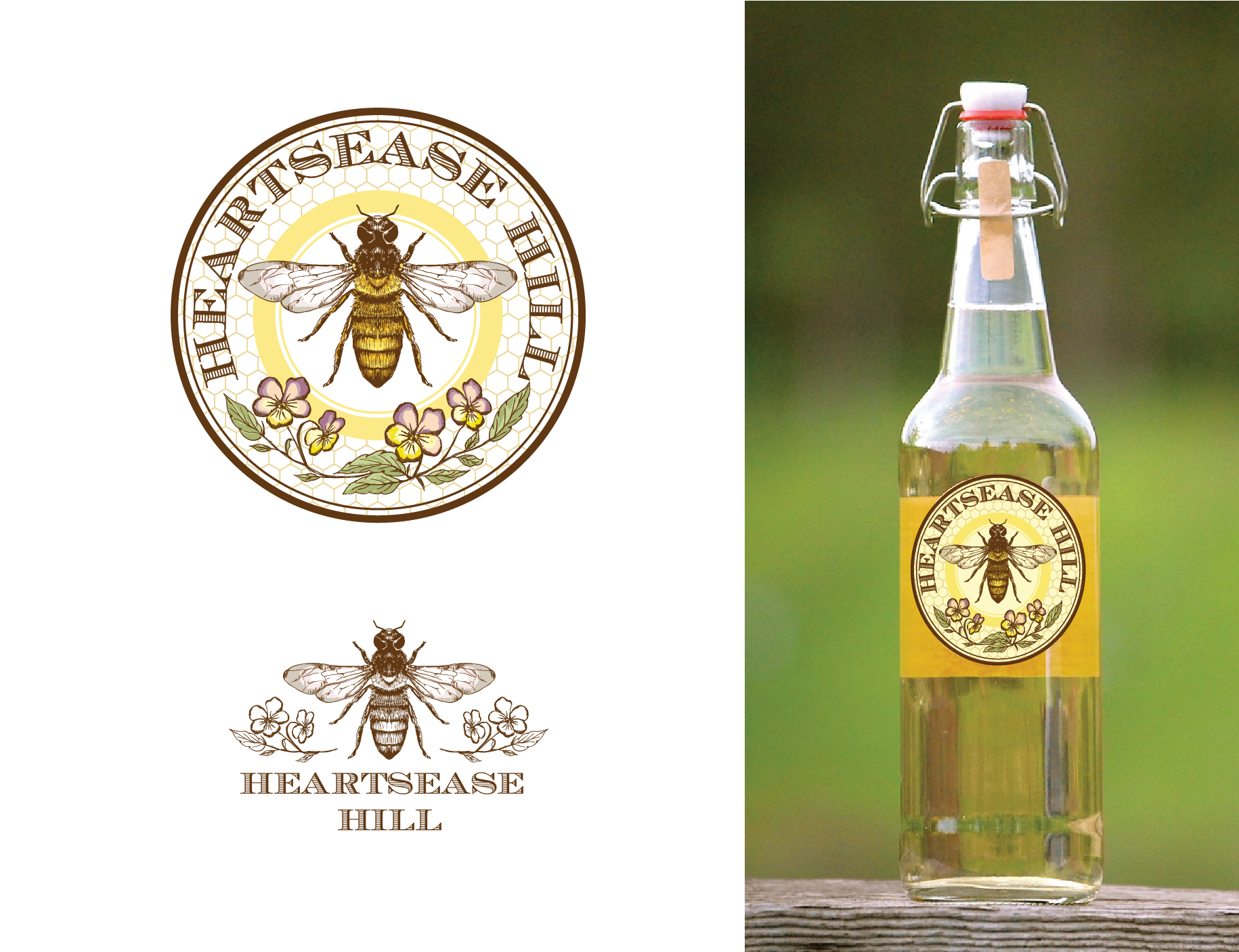On a subconscious level, red reminds us of stop signs and the urgency that goes with them.
Blue reminds us of clear, open skies and the comfort of nice weather.
Black reminds us of absolute darkness, along with the fear and allure of the unknown.
Colors affect us all deep down — the same depths responsible for our gut reactions, purchasing behavior, and problem solving skills. So, ignoring colors in branding and marketing is a missed opportunity.
Whether you’re new to using colors in business or if you want to stay current with some advanced techniques, this article aims to teach you a little about color psychology and how you can leverage it to turn a profit.
What each color means
Let’s start with the fundamentals of color theory. Perhaps due to frequent associations or maybe even part of our human evolution, colors evoke specific emotions, moods, and atmospheres in whomever views them.
While subtle and almost imperceptible, color psychology can still create a lasting influence on a person’s thinking, especially if viewed repeatedly, as with branding.
 For the sake of simplicity, we list only the meanings of the basic colors. Combination colors tend to retain traits of their parent colors, although weakened. Here’s the most common moods colors give off:
For the sake of simplicity, we list only the meanings of the basic colors. Combination colors tend to retain traits of their parent colors, although weakened. Here’s the most common moods colors give off:
- Red — aggressive, urgent, passionate
- Orange — energetic, playful, affordable
- Yellow — friendly, happy, attentive
- Green — growing, prosperous, natural
- Blue — trustworthy, inviting, calming
- Purple — luxurious, royal, sensual
- Black — sophisticated, edgy, mysterious
- White — clean, innocent, healthy
- Gray — formal, gloomy, traditional
- Pink — youthful, feminine, romantic
- Brown — rustic, stable, manly
A color’s psychological connotations change according to where—precisely—it falls on the rainbow, otherwise known as a hue. A bluish-green has different properties than blue and green alone. Plus it is slightly different than greenish-blue.
Then there’s tints (a color’s hues mixed with white) and the shades (a color’s hues mixed with black), creating lighter and darker versions of colors.
Hue, tint, and shade can all shift a color’s meaning, making the choices for your own company infinitely customizable.
How to choose the best colors for your brand
Now that you know what each color means, you can go about finding the best ones for your business. Choosing the color (or colors) for your brand and products is a crucial decision, even though a recent study shows that 48 percent of business owners don’t research the implications of colors before choosing them, and 65 percent admitted to choosing arbitrary colors based on their own personal tastes.
Optimizing the colors for your business begins with knowing what kind of business you want to be perceived as and whom you’re appealing to.
Do you want your brand to come off as assertive and appeal to a younger audience, or are you looking for a quiet dignity that appeals to older professionals?
Depending on your circumstances, certain colors are better than others.
If you don’t yet have a clearly defined brand strategy, you can simply make a list of 30+ adjectives to describe your brand.
Write a list of words like “modern” or “free-spirited,” considering both the ideal personality of your brand as well as the type of people you’re communicating with. You may feel a pull toward traditional and sophisticated, but if you’re targeting younger age groups, something more energetic would serve you better.

You also want to research how everyone else in your industry is using colors.
If your competitor’s product packaging is predominantly green, you can either follow suit and enjoy the same benefits of green, or you can choose a color no one’s used before to stand out on the shelf. It depends on your marketing strategy.
To see an extensive study on how brands in different industries use color with real examples and data analysis, check out the recent psychology of color report we worked on at 99designs. There, you’ll also find an interactive tool that will recommend a primary color for your brand after you input your brand’s desired traits.

Where to use colors in business
Perhaps one of the reasons business owners don’t take color psychology seriously in business is they underestimate how often they can use it.
Color has a broad range of applications in branding and marketing that affect most aspects of business:
- Logo — One of your most important color choices. The colors of your logo are forever associated with your brand and grow stronger in influence with repeated viewings.
- Website — Your website’s prominent background colors affect atmosphere and user experience.
- In-store decor — In the same vein, the colors of the walls, floor, and general decor of a brick-and-mortar store (including employee uniforms) affect the atmosphere and shopping experience.
- Product packaging — As mentioned above, certain colors can help you stand out and grab attention, especially by contrasting with competitor colors.
- Advertisements — Likewise, colors in your advertisements can help them get noticed while simultaneously encouraging the right brand reputation.
- Promotional materials — Mugs, brochures, t-shirts, pens, keychains, even business cards — All promotional materials are opportunities to enhance your branding, especially on items people see and use every day.

Caption: Logo design by 99designs designer Agi Amri.
No matter which colors you choose, it’s important to stay consistent across channels. That means if you operate a store and a website, both should have the same color scheme.
Consistency is integral in applying color psychology to business: every time a person sees the same colors regarding your brand, it strengthens the associations. To optimize their effects, you should use the same colors wherever you can.
Conclusion
Color is powerful. As a way for influencing brand identity, attracting attention to ads and products, increasing brand awareness, and communicating directly to your customers, the right colors should be interwoven throughout all your branding and marketing endeavors.
You can change your entire image and even your customer market just by reevaluating your color choices. As great as your personal favorite color is, it may not be the most strategic.


 by Maddie Rehayem
by Maddie Rehayem
 by Maddie Rehayem
by Maddie Rehayem
 by Mary Clare Novak
by Mary Clare Novak